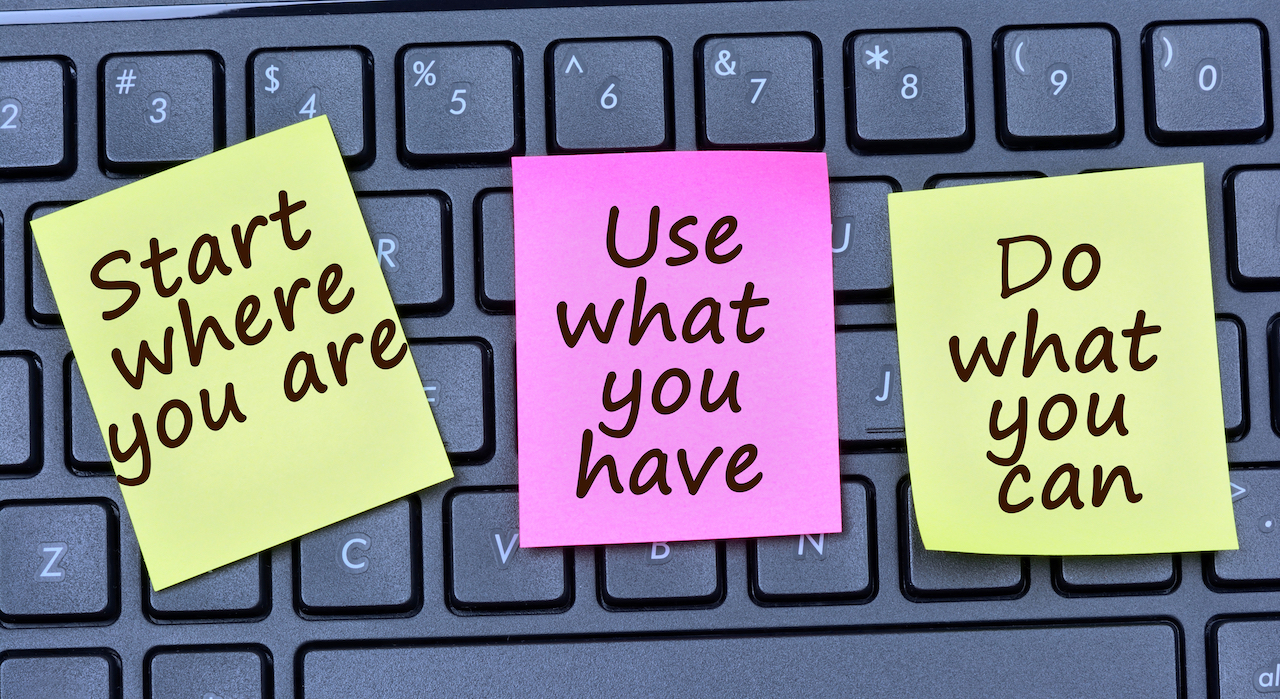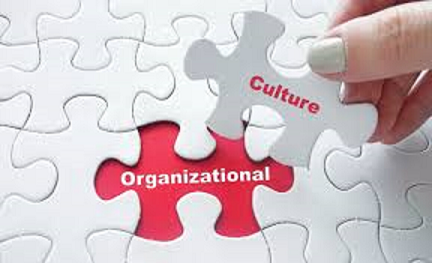08 Mar Conducting Mission-Focused Planning and Needs Assessments with Applicant Organizations by Julie Alsup, GPC
Part 1- Accessing existing information The big question: What do you do when you identify a grant opportunity that requires discussion of how the project fits into the agency’s larger mission and/or existing needs assessments? This may initially cause concern and prevent an organization from pursuing the opportunity. The truth is there are likely existing documents within your organization and the community that may provide you with what you need.02 Mar Coffee Shop or Boardroom? How an Organization’s Culture Influences the Grant Process Written by Michele Ryan, GPC
Many times, being a grant professional feels more like an endless quest for information. We find ourselves at the mercy of those who create the programs and the individuals who hold the data. Navigating the twists and turns and the emphatic, “you need what!!??” can be daunting. Whether as a consultant or the grant writer on staff, our role puts us in the position of relying on others to provide us with the information necessary to craft a grant proposal worthy of funding. How this process unfolds is largely dependent on the culture of the organization and the way they communicate, plan, and process information.01 Mar Internal Roadmap of Grant Program Policies and Procedures to Help Organizations Become Grant Ready – By AGS Staff
Posted at 21:43h
in AGS Staff, Competency Two, Organizational Development, Organizational Readiness, Research, Strategy
There are lots of activities that can help a nonprofit organization become grant ready, and one of them is their internal roadmap of tasks that define their grants program.
The purpose of these practices is to help ensure staff have a documented process that covers the A to Zs of a comprehensive grant program.
01 Mar Staying Ahead of the Game: How to Stay on Top of the Latest Federal Trends, by Julie Assel, GPC
Here at Assel Grant Services, we don’t just write many successful federal grants each year. Many of our clients are receiving their first federal grant or their first federal grant in the last five years. One of the reasons so many agencies large and small come to us is because we keep up with the constantly evolving federal government trends. So, what do we look for and how can you keep up on the departments most relevant to you?01 Mar FindingYourBestMatch.com by Hayley Waynick, GPC
Posted at 21:20h
in Competency One, Funder Relations, Funding, Hayley Waynick, GPC, Research, Strategy
FindingYourBestMatch.com
Determining if a funder is right for your program
If you happen to be in the dating “scene” in this highly digital age, it can be hard to determine from just an online profile whether you and a potential mate are going to be compatible. Or perhaps a friend or acquaintance has someone they want you to meet and claims they’d be perfect for you.
As a grant writer, you might find yourself in a similar situation when you’ve found a funder online who seems to be a perfect match for the services at your nonprofit organization.









